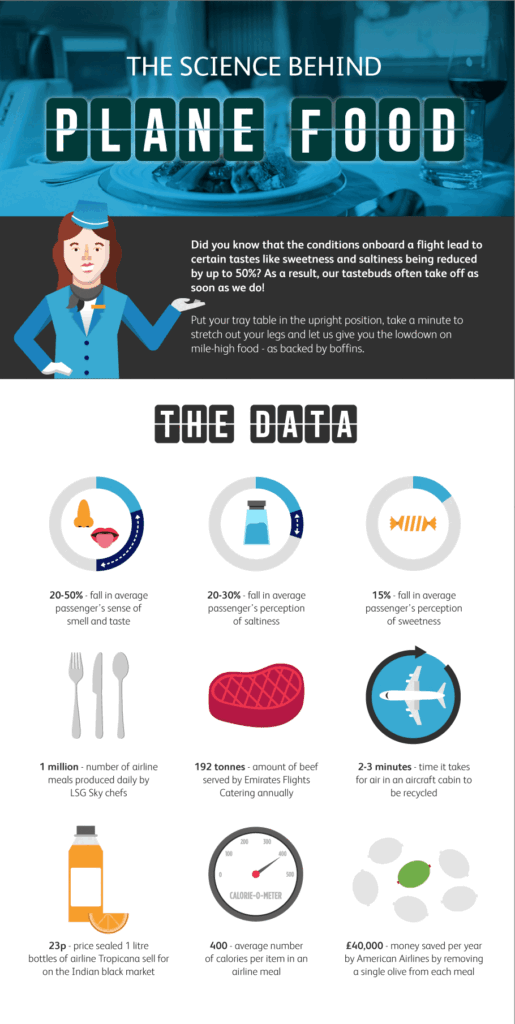
We’ve all been there – that moment when you open the airplane meal tray and wonder, “What’s the deal with airplane food?” It often seems bland, dry, and lacking in flavor compared to restaurant meals. But have you ever stopped to consider the unique challenges faced by chefs preparing food at 30,000 feet? Understanding these factors can shed light on why airplane food sometimes falls short of expectations.
This article delves into the science behind what’s the deal with airplane food, exploring the various hurdles that influence taste and presentation. We’ll examine the impact of altitude pressure, limited kitchen space, and stringent safety regulations on in-flight dining experiences. While some airlines are pushing boundaries with gourmet menus and fresh ingredients, we’ll also discuss the ongoing struggle to balance passenger expectations with budget constraints.
Airplane Food Challenges
Preparing and serving meals at 30,000 feet presents a unique set of challenges that significantly impact the final product. From the moment ingredients are selected to the time they reach your tray table, several factors contribute to the often-criticized taste of airplane food.
One major hurdle is the lack of familiar cooking environments. Airlines operate with limited kitchen space and equipment compared to traditional restaurants. This restricts chefs’ ability to utilize complex techniques and fresh ingredients that would elevate the flavor profile. Additionally, the need for pre-prepared meals that can be easily reheated on board further compromises culinary creativity.
Another significant challenge is the constant pressure of time. Airlines operate on tight schedules, requiring meals to be prepared and served efficiently. This often leads to rushed cooking processes and a focus on speed over quality, which can negatively impact taste and presentation.
Altitude Pressure and Taste
The thin air at cruising altitude significantly affects our perception of taste. As the cabin pressure decreases, our sense of smell diminishes, impacting our ability to detect aromas and flavors. This phenomenon explains why food often tastes blander in flight compared to on the ground.
Furthermore, the dry cabin environment can further dehydrate our taste buds, reducing their sensitivity to flavor molecules. This combination of reduced smell and dehydrated taste buds creates a less flavorful experience overall. Airlines attempt to mitigate this by adding extra salt and spices to compensate for the altered taste perception, but it often results in overly salty or artificial flavors.
Limited Kitchen Space Constraints
The cramped galley kitchens on airplanes present significant limitations for chefs attempting to create delicious meals. The lack of counter space, storage, and specialized equipment restricts their ability to prepare dishes that require intricate techniques or fresh ingredients.
For example, a chef accustomed to using a variety of knives, pots, and pans might find themselves limited to basic utensils and pre-portioned ingredients in an airplane galley. This can make it challenging to achieve the desired texture and flavor profiles for complex dishes. Additionally, the small size of the kitchen often necessitates pre-preparation of meals on the ground, further compromising freshness and culinary creativity.
Safety Regulations in Flight Catering
Strict safety regulations govern all aspects of flight catering, ensuring the well-being of passengers during their journey. These regulations impact everything from ingredient sourcing to food handling practices, ultimately influencing the taste and presentation of airplane meals.
For instance, airlines must adhere to specific guidelines for storing and transporting perishable ingredients to prevent contamination and spoilage. This often involves using pre-packaged, shelf-stable ingredients that may lack freshness and flavor compared to their counterparts used in restaurants. Additionally, the need for thorough cleaning and sanitation procedures can further restrict culinary creativity and time efficiency in the galley kitchen.
Airline Dining Experiences
Despite the challenges, some airlines are striving to elevate the in-flight dining experience by offering gourmet menus, fresh ingredients, and attentive service. These carriers recognize that food plays a crucial role in passenger satisfaction and are investing in innovative solutions to improve their culinary offerings.
For example, certain airlines partner with renowned chefs to develop exclusive menus featuring seasonal dishes and locally sourced ingredients. They also prioritize using high-quality cookware and equipment in their galleys to enhance the cooking process and flavor profiles. Additionally, some airlines offer a la carte options or pre-order meals to cater to individual preferences and dietary restrictions.
Conclusion
What’s the deal with airplane food? It’s a complex question with multifaceted answers. While altitude pressure, limited kitchen space, and stringent safety regulations undoubtedly contribute to the often-criticized taste of in-flight meals, some airlines are pushing boundaries by elevating their culinary offerings. As technology advances and passenger expectations evolve, we can expect further innovation in airplane food, potentially bridging the gap between what we experience on board and our dining experiences on the ground.
